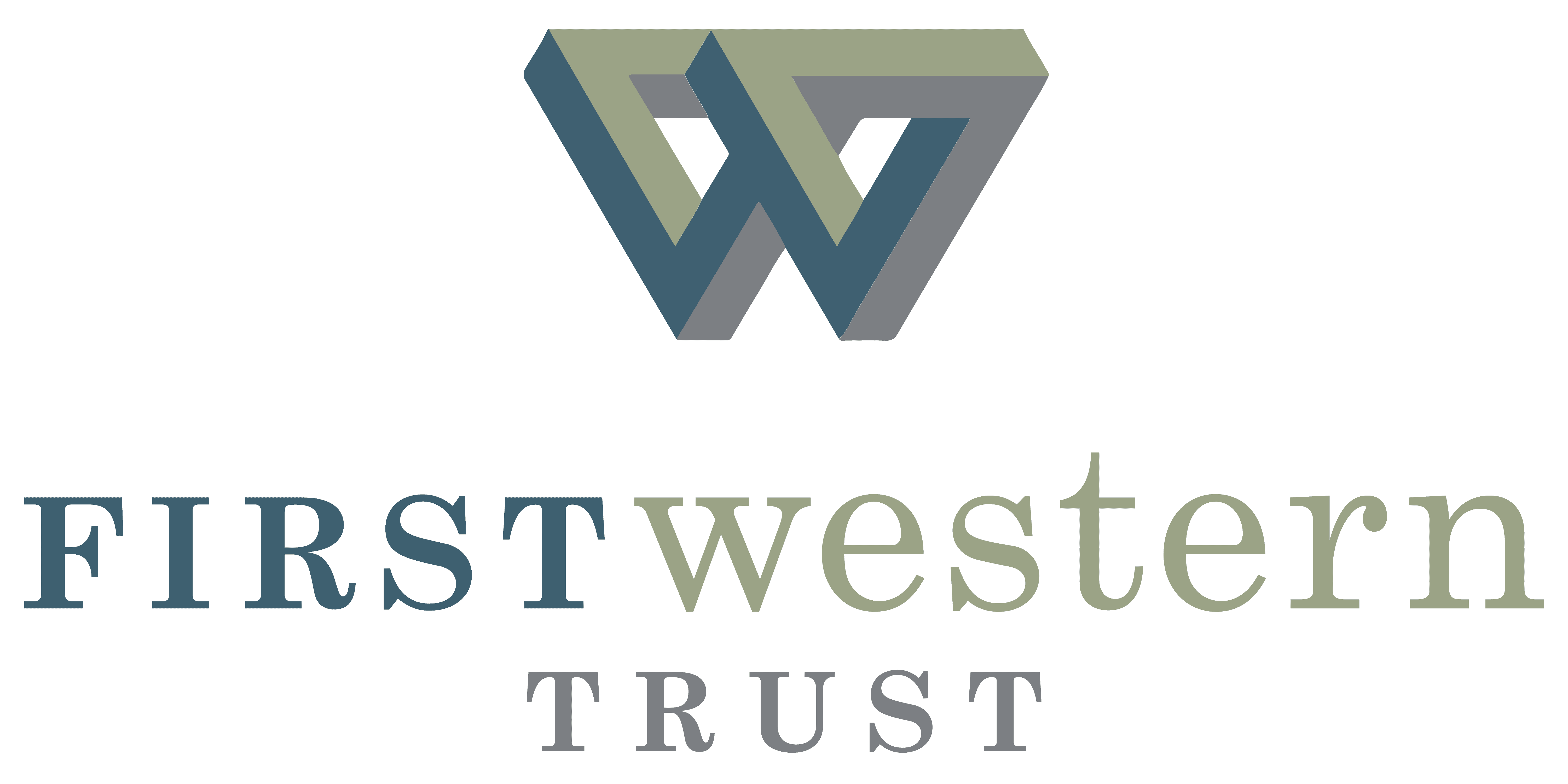
Acquisition Through Financing – What, When and Why
October 28, 2021
For many business owners, growth is central to a solid long-term operating strategy. Although growth can come in many forms, growth by way of acquisition and business expansion is often front and center in an owner’s plans for the future. Acquisitions, however, involve a number of complex challenges. These challenges include aligning business needs and cultures, syncing business lifecycles and timing, and perhaps most importantly, sourcing acquisition capital.
In 2020, over 10,000 mergers and acquisitions (M&As) were announced among U.S. businesses. As acquisitions have grown as a strategic tool to expand, gain market share, or enter new business segments, the financial tools available to business owners to enable acquisitions have also grown and evolved over time.
While some businesses owners leverage their own capital to pursue an acquisition, others seek to preserve working capital and are instead looking to financing as the fuel to move their acquisition strategy forward. Unfortunately, a portion of those business owners who use their own capital for business growth could be missing a significant opportunity to improve their business by leveraging financing to support their growth strategy.

Acquisition Financing
At its core, acquisition financing is business capital designed to assist a business to buy another business. This type of financing offers an immediate funding source that can be applied to a business transaction – through debt, equity, or even a hybrid version of both.
The specific terms and options available to businesses often vary, depending on factors such as the value of the company, credit history, current market conditions, etc. Ultimately, the goal of such financing is the purchase of equity within another business – affectionately referred to as the target organization.
Acquisition Financing at Work
Under the general definition of acquisition financing, where many options are available, the challenging part becomes obtaining an appropriate mix of financing that helps a business reach its goal while also offering a comparatively low cost of capital.
To do this, a business owner will often seek a trusted financing partner who can align financing needs with options that suit the company’s goals and provide the flexibility to accommodate different circumstances and contexts where needed. We find that among the array of available options companies consider when building a financing plan, models that combine acquisition term loans and lines of credit stand out:
- Acquisition Term Loan
An acquisition term loan is a debt-based financing vehicle that’s used for acquisitions. You can obtain an acquisition loan from a bank or alternative lender. The loan terms are tailored to the transaction to allow you to purchase the business while matching the debt structure and repayment terms to the specific characteristics of the combined companies post-transaction. Loan terms will vary based upon the cash flow of the business(s), the industry, collateral available, funded debt to EBITDA, and other elements specific to the situation. The end result should be a debt structure that does not over-leverage the newly combined companies.
In addition to the acquisition term loan, it is typically a good idea to have an operating line of credit, guidance line, or both in place:
- Operating Line of Credit
An operating line of credit is another type of debt vehicle that allows you to freely draw money as needed. Acquisitions often have unexpected expenses. With a line of credit, you’ll have an easier time covering any unanticipated costs. You can draw money from the line of credit while paying it back at any time. - Guidance Line of Credit
A guidance line of credit acts as a documented “pre-approval” to finance large purchases. Each draw becomes its own term note with predetermined repayment terms. This can be useful specifically in asset-heavy companies or scenarios where you may need to acquire higher dollar equipment to maintain the company or otherwise position it for growth.
In the end, the right plan options should be tailored to execute the most efficient, effective, and fiscally optimal acquisition possible under the given timeframe and contextual circumstances.
In Summary, It’s About Trust
A growing number of businesses continue to leverage acquisition financing as a part of their long-term growth strategy. For business owners who are new to this option, the topic may be challenging. Relying on a trusted financial partner to help build an acquisition financing plan is often cited as a key to success by business owners who have previously achieved growth through acquisition.
For business owners who are ready to take the first step, we recommend connecting with an experienced team like ours for an initial conversation.
Investment and insurance products and services are not a deposit, are not FDIC insured, are not insured by any federal government agency, are not guaranteed by the bank, and may go down in value. This information is not legal, investment, accounting or tax advice and is for informational purposes only. Readers should not rely on this information as a substitute for their own research or for obtaining legal, accounting or tax advice from their own counsel.













